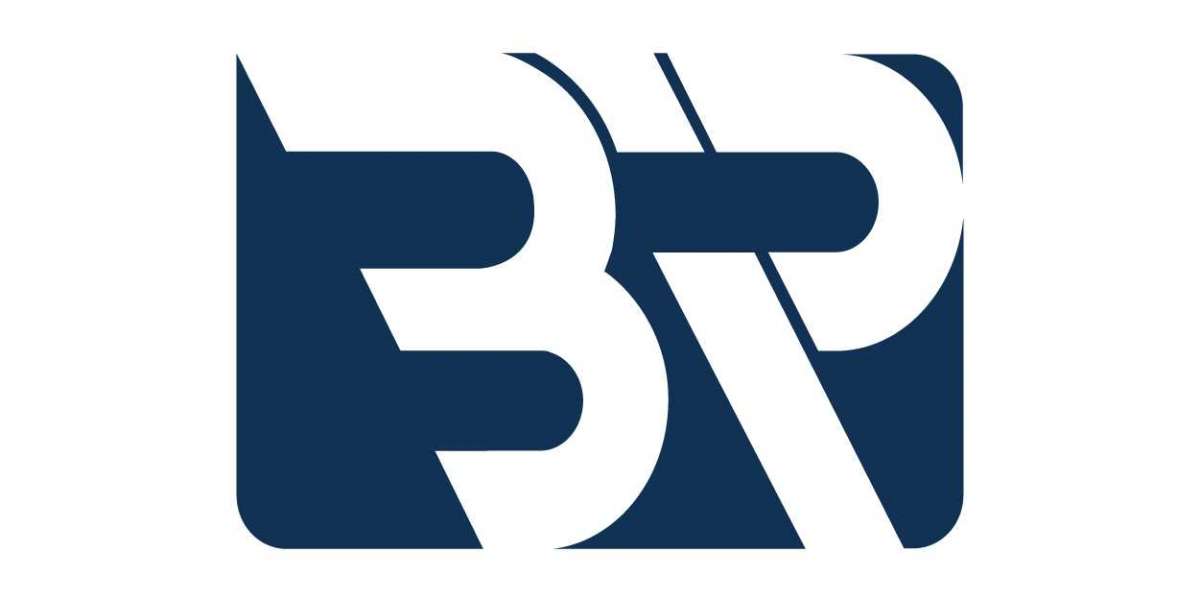In the healthcare industry, the importance of maintaining the confidentiality, integrity, and availability of patient data cannot be overstated. As healthcare organizations increasingly turn to cloud computing to store , manage, and process sensitive patient data, the need to navigate compliance and security requirements becomes paramount. Choosing the right cloud computing provider is critical to ensuring the security and compliance of healthcare data in the cloud.
Understanding the Regulatory Landscape
Before selecting cloud computing service providers, healthcare organizations must thoroughly understand the relevant regulations and standards governing protected health information (PHI). Key regulations include the Health Insurance Portability and Accountability Act (HIPAA), the EU's General Data Protection Regulation (GDPR), and industry-specific guidelines such as the HITRUST Common Security Framework (CSF). Understanding compliance requirements, including all of the security controls that are relevant to your organization, is essential to ensuring the security and integrity of patient data.
Choosing the Right Cloud Provider
Selecting a cloud company with a strong track record in healthcare security is crucial. The three largest cloud providers—AWS, Microsoft Azure, and Google Cloud—all offer healthcare-specific services that have met HIPAA and HITRUST benchmarks. In addition, they all enable access to an ecosystem of healthcare-specific consulting partners that can help you optimize your security posture and fill in gaps.
The Shared Responsibility Model
The major cloud service providers (CSPs) employ a shared responsibility model for securing sensitive data. Providers are responsible for safeguarding physical infrastructure, the network, and hosts. Your organization is responsible for accounts and identities, devices, and your own data. The providers and you share responsibility for securing operating systems, apps, and network controls, depending on the type of cloud deployment. Once you understand the model and your responsibilities as an organization, create detailed documentation on how you will secure each potential attack vector.
Best Practices for Cloud Security in Healthcare
For IT managers and security specialists in healthcare, adopting cloud security best practices is crucial for protecting sensitive data and ensuring HIPAA compliance. Key strategies include:
- Continuous Monitoring and Updates: Implement systems to monitor cloud environments continuously and apply regular software updates to mitigate new vulnerabilities.
- Employee Training and Awareness: Conduct regular training to inform staff about security threats and proper data handling, enhancing the organization's data protection culture.
- Multi-Factor Authentication (MFA): Utilize MFA to add a layer of security, significantly reducing the risk of unauthorized access through compromised passwords.
- Data Encryption: Encrypt data both at rest and in transit as a standard practice to secure information even if other defenses are breached.
- Regular Security Audits and Compliance Checks: Perform audits to detect and address security weaknesses and ensure compliance with regulations like HIPAA.
Incident Response Planning
Develop a clear incident response plan to efficiently address and recover from security breaches. This plan should include procedures for identifying and containing breaches, notifying affected parties, and restoring systems and data.
Secure Configuration and Hardening
Regularly update and harden cloud systems to remove unnecessary services and tighten security. Implement a "least privilege" access model, ensuring that users and services only have access to the resources they need to perform their functions.
Partnering with Trusted Providers
Collaborate with reputable cloud network providers like us to access advanced security technologies and expertise. By partnering with a trusted provider, you can leverage their knowledge and resources to enhance your security posture and ensure compliance with healthcare regulations.
Conclusion
Navigating compliance and security requirements in the cloud can be complex and challenging. However, by understanding the regulatory landscape, choosing the right cloud providers, and adopting cloud security best practices, healthcare organizations can ensure the security and integrity of patient data in the cloud. By implementing these strategies, you can build a robust cloud security framework that protects sensitive patient data and maintains compliance with healthcare regulations. Remember, the importance of maintaining the confidentiality, integrity, and availability of patient data cannot be overstated. Choose cloud based hosting services that share your commitment to security and compliance, and work together to create a secure and compliant cloud environment.







